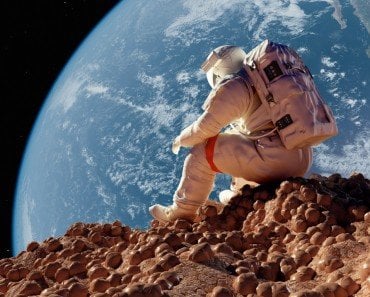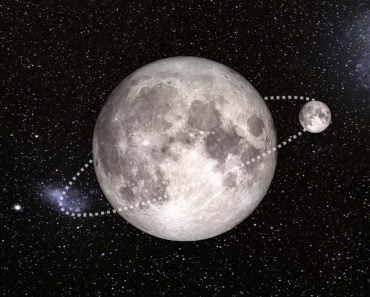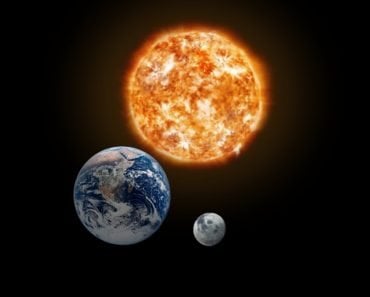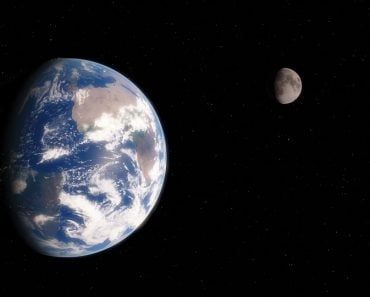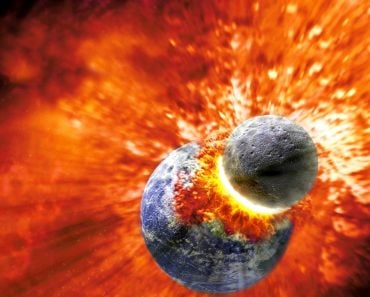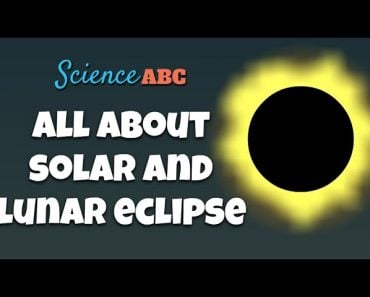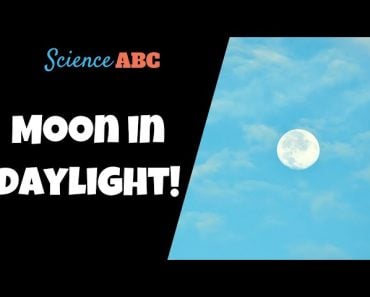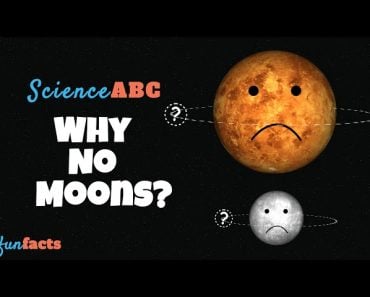Eventually, our moon will stop moving in conjunction with the Earth, so the tides that it induces on the latter will stop, but there is more to the story…
Our natural satellite – the moon – has been revolving around our home planet ever since it was first created nearly 4.51 billion years ago. The circular motion of the moon in its orbit not only gives us a glowing grey sphere that appears in our night sky, but also causes some fascinating phenomena on the surface of our planet.
One of them is tidal motion!
For those who don’t know about this, the tides that you witness in seas and oceans are all caused by the moon. This is due to the gravitational pull that the moon exerts on our planet (also called “tidal force”). This force causes Earth and all the water on its surface to ‘bulge out’ to the side that’s closest to the moon.
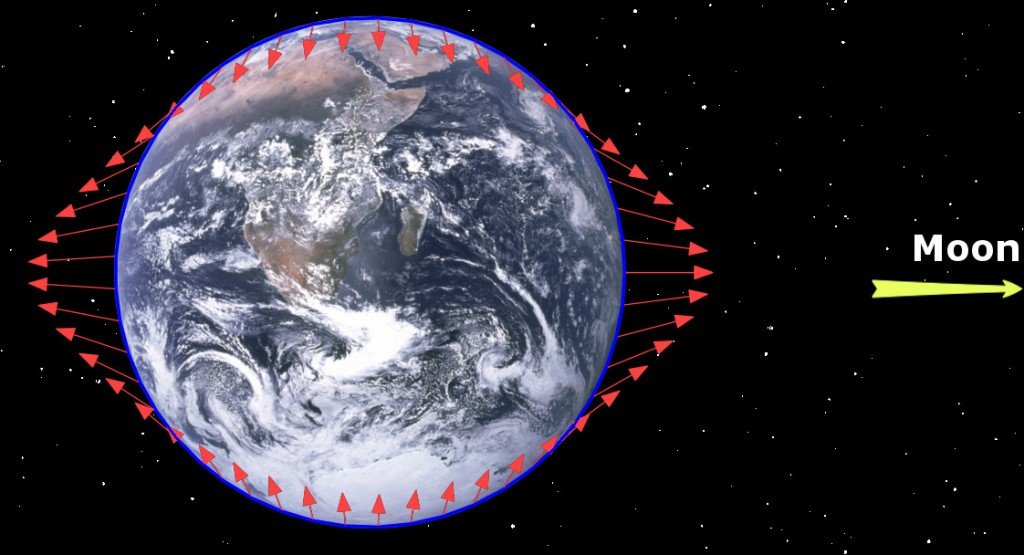
However, it turns out that our beloved moon may not particularly enjoy our company… because it’s slowly drifting away from our planet!
Recommended Video for you:
Is The Moon Moving Away From Earth?
The diameter of the moon’s orbit around Earth is nearly 768,000 kilometers (477,213 miles), but this diameter is increasing by 3.8 centimeters every year.
In other words, the moon moves away from us by a factor of 3.8 centimeters every year.
You may already know that the moon and Earth are ‘tidally locked’, which means that the motion of both these celestial bodies has synced up in such a way that we always see the same side of the moon. Now, since Earth completes one rotation on its axis in 24 hours and the moon completes one revolution around Earth in 27.3 days, the bulge on Earth tends to ‘speed up’ the moon. In other words, Earth pulls the moon ahead in the latter’s orbit.
At the same time, the moon also pulls back on the tidal bulge of our planet (a bulge that the moon helped create in the first place), slowing its rotational speed a tiny bit. This is why, nearly 100 years from now, a day on Earth will be 2 milliseconds longer than it currently is.
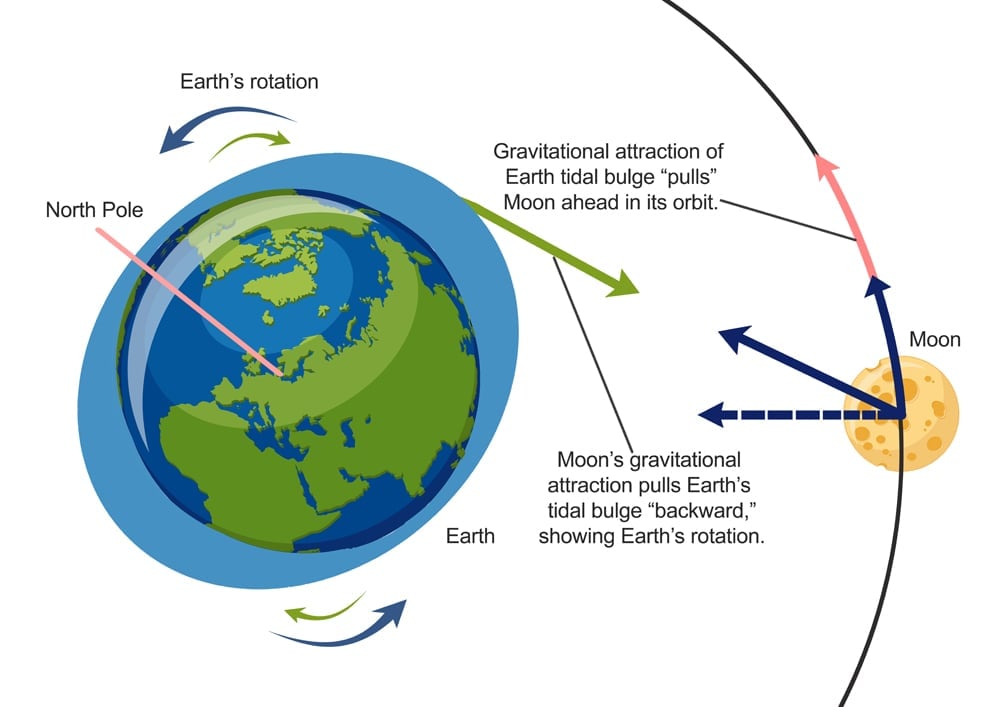
Since Earth is bigger than the moon, its gravitational pull is stronger, which is why the Moon speeds up, and as years pass, its orbit becomes bigger and bigger.
While an increase of 3.8 centimeters may not seem like much, over a period of many years (we’re talking billions), this value accumulates and becomes very significant.
Let’s assume that the moon’s orbit gets so big that it leaves the vicinity of Earth completely… what will happen to our planet’s tides then?
What Will Happen To Earth’s Tides If The Moon Goes Away?
It’s pretty straightforward actually… if the moon gets far enough from Earth that it leaves our planet’s orbit completely, then there will be no tides in our oceans.
As discussed in the previous section, the tidal locking between the moon and Earth is slowing the latter’s rotational speed. At the current rate, scientists predict that around 50 billion years from now, Earth will slow down enough to permanently face the moon and the latter will stop moving away from Earth.
In other words, in 50 billion years or so, there may not be tides in our seas and oceans.
Why We Don’t Need To Worry About The Moon Running Away
Although the loss of tides in Earth’s oceans would certainly be a terrible thing, we don’t really need to worry about that, as there are other things at play too.
If estimates are to be believed, the central star of our solar system – the sun – will likely engulf both Earth and the moon in approximately 5 billion years (Source).
The sun keeps burning due to a process called nuclear fusion, which is perpetually occurring inside its core. Consider this: the sun burns through 600 million tons of hydrogen every second. That’s how incredibly extensive the fusion process inside the sun truly is. You can read more about it in detail here: What happens inside the sun?
As the nuclear fusion inside the sun’s core progresses, the sun gets nearly 10% brighter every billion years. This would, in due time, wreak havoc on our planet—boil Earth’s oceans, melt the ice caps that are left, strip away the atmosphere… you name it. The moon won’t be spared either.
In a nutshell, if the moon gets away from Earth, there will be no tides on the planet. But long before that happens, it’s far more likely that both of these celestial bodies will be gobbled up by the sun!



